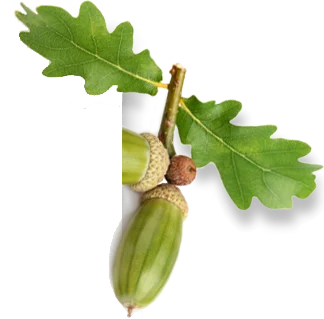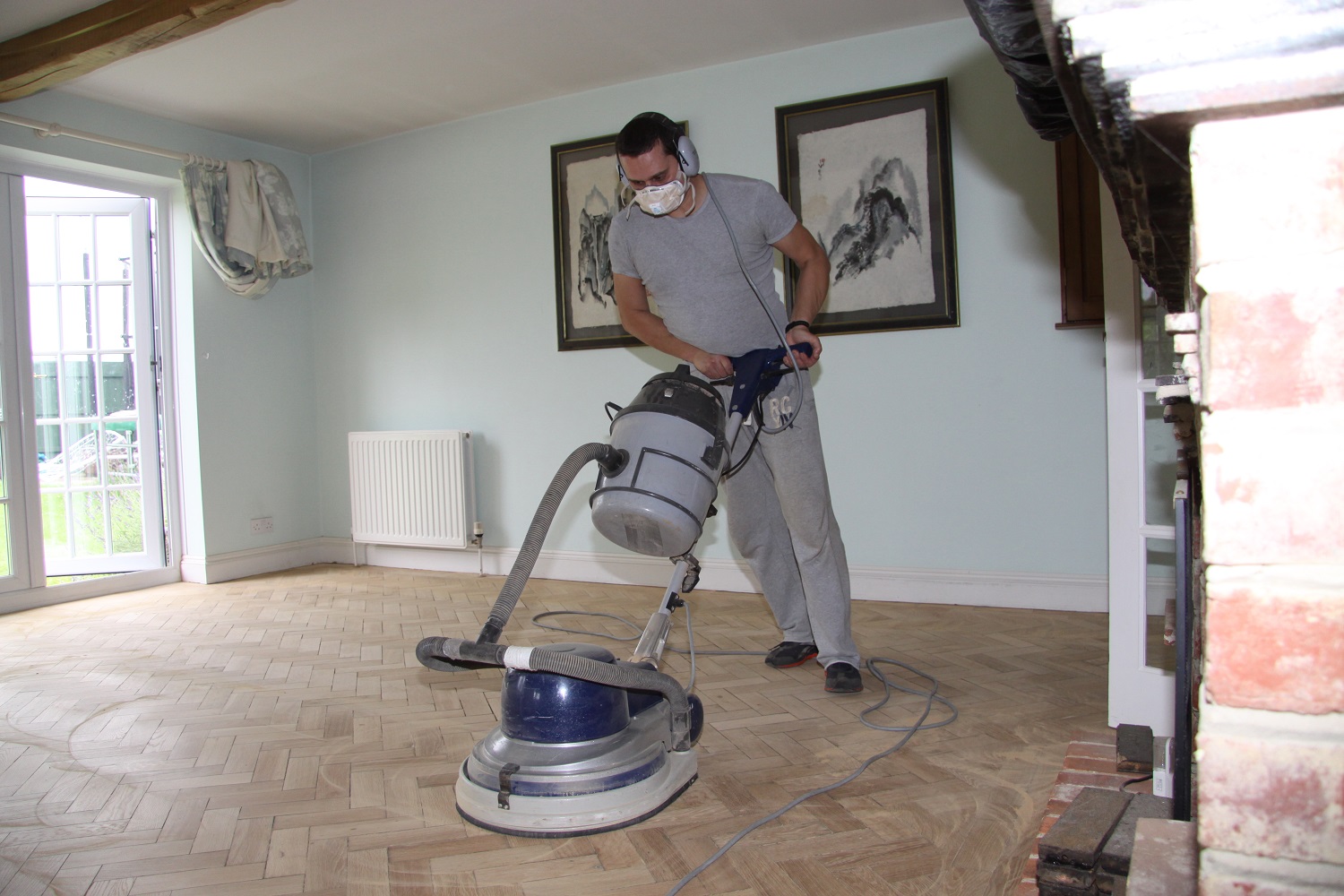Southern England and Wales

Sanding is a process which uses abrasive sandpaper to effectively scratch the surface of the wood clean. Within 
The equipment used ranges from aggressive large belt sanders, capable of deep sanding and flattening undulations of up to 5mm, to polishing sanders used mostly to achieve a smooth finish immediately before sealing.
The type of sanding performed is almost invariably a question of a judgment on the spot by a trained operative. It would depend mostly on what the previous sealant was and therefore how aggressive the sanding needs to be to clear it. It also will vary according to the general level of the floor and the discrepancies between the individual planks or blocks.
Uneven floors would require the use of a belt sander in order to achieve a flat surface, whereas floors that are level may be sanded with a polishing/cleaning sander.
Older and delicate floors, like Antique floor, although undulated should still be sanding with a polishing sander so as to protect their often brittle edges and to prolong their lives without reducing the thickness.